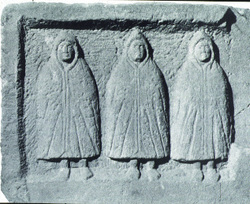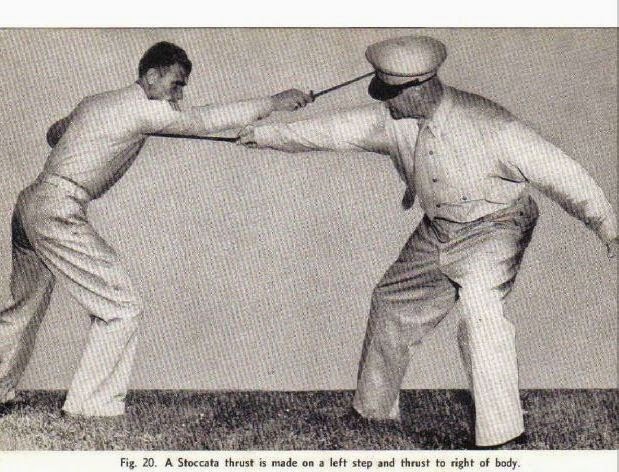My gas bill this previous quarter was much higher than I expected. Made even more frightening by the fact that it was a mild winter and I barely used the heating. This got me thinking again about ways to save energy when cooking.
A friend of mine once told me that during the rationing of World War Two his mother saved fuel by soaking rice overnight. By doing this she only needed to cook it five minutes. Time to experiment with this method again.
Here is the method that I have ironed out over the last few days.
Measure out your rice. 100gms is a generous portion and comes up to the 100ml mark in one of my measuring jugs. Rather than bothering to weight the rice I just fill the jug to the mark. Pour rice into a cup and cover with water.
Place your cup of rice and water in the fridge. The first time I tried pre-soaking rice I ended up leaving it longer than I intended since I spent the next couple of nights down the pub and eating out. The rice sort of started fermenting so I suggest you keep the soaking rice in the fridge just in case you are delayed.
Leave the rice to soak a few hours, or better still, overnight.
When it is time to cook, pour the rice and water into a pot. A broader pot heats up quicker and is less likely to boil over. You may need to add a bit more water to the rice so it is covered by at least a centimetre of water. Add a little salt too. Use a hob of suitable size for your pot.
If you add too much water you are going to waste fuel heating it up. Too little and your pot may boil dry before you are done. You will have to experiment on getting the optimum for the pot you use. As in so many things, balance is the key.
Cover your pot, bring to the boil and then turn down the heat to simmer.
Give the rice about five to seven minutes. If you are new to this cooking method taste a little of the rice to see if it is soft or still a little gritty. Turn off the heat and let the pot stand, preferably over the still hot hob. The residual heat will continue to cook the rice without expending fuel. This gives you time to finish cooking the other components of your meal.
Drain your rice. Turn out onto a plate and serve with a variety of vegetables and a sensibly sized portion of meat.
This method will prove pretty useful if you are hiking or camping and have to carry your own fuel. In this case I suggest the in the morning you place your rice and water in a wide-mouthed screw top container and let it sit in your rucksack while you are walking. Such a container is a useful addition to your hiking kit since it can be used to prepare other backpacking foods that need a long soak.
I have not yet tried this method with brown rice. Is it possible to reduce the cooking time of dried pasta by pre-soaking? I will have to experiment. Have a go yourselves.
If you have enjoyed this article or it has been helpful to you please feel free to show your appreciation. Thank you.
The Books

























